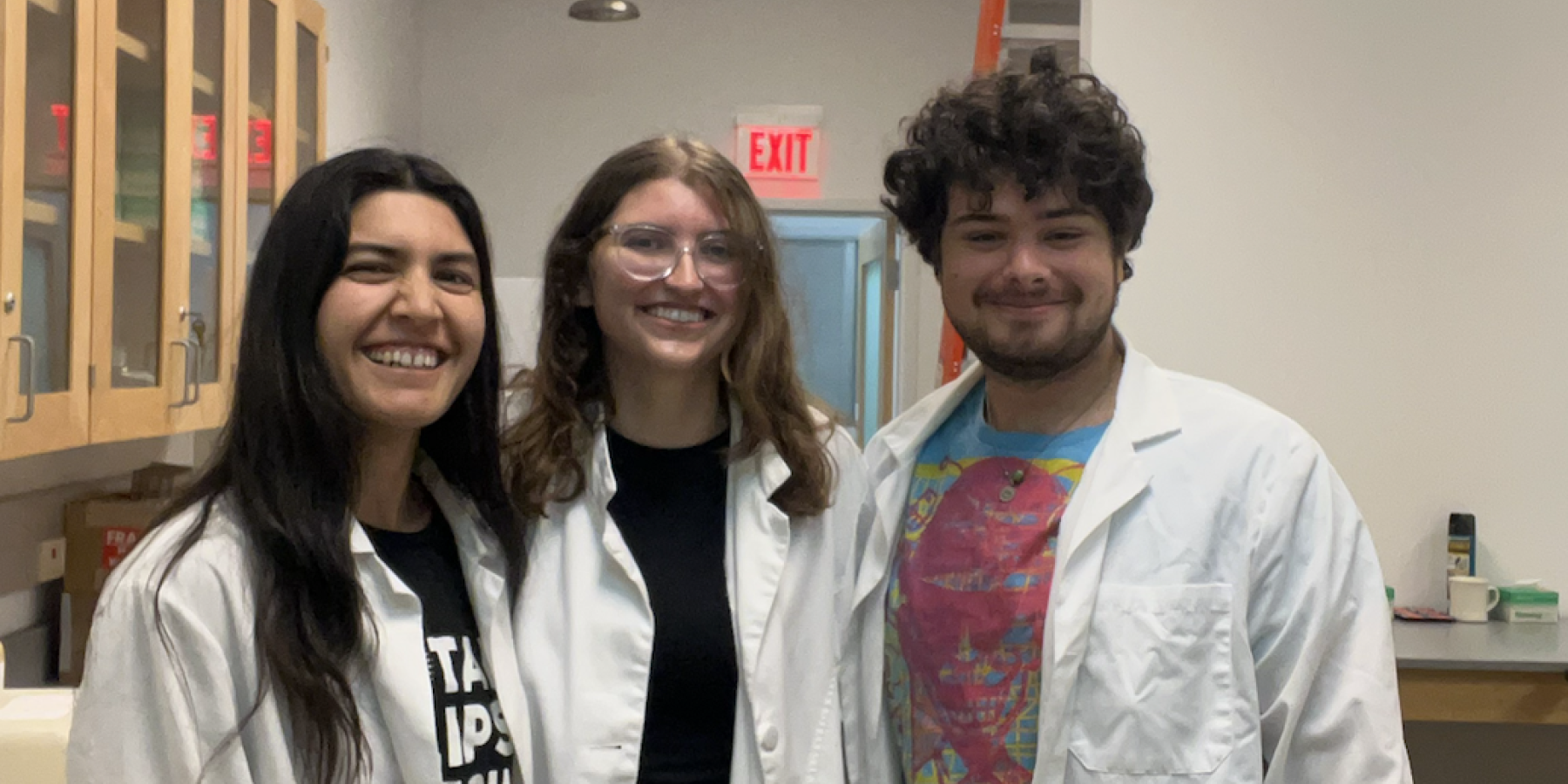
This summer I was granted a fellowship to work under the supervision of Dr. Adam E. Fox in the Experimental Analysis of Behavior (EAB) lab. The focus of the project was possible time perception abnormalities in females with comorbid ADHD and PTSD. Both disorders have a substantial societal cost, their combined financial burden can be estimated at $355 billion in the United States in 2018 (Schein et al., 2022; Davis et al., 2022). Research has shown that patients with ADHD are at a greater risk of developing PTSD later in life (Wendt et al., 2023). One of the symptoms present in both ADHD and PTSD is faster time perception, yet how that would be impacted when the disorders are comorbid was unknown. Another key aspect of the research is the focus on women, a historically under-represented group in research. An issue with researching this topic is the constraints of using humans, which is why a rat model can be beneficial.
Working with Dr. Fox, a study was created using the Long Evans Spontaneously Hypertensive Rat (SHR) strain to model ADHD and a predator odor paradigm to model PTSD. We collected the timing data using a temporal bisection task. In addition to this, we looked at freezing episodes during predator odor exposure. The data revealed that SHRs exposed to predator odor had significantly more freezing episodes than both the control (Wistar rats) exposed to predator odor and SHRs not exposed to predator odor. This implies that the SHRs were more impacted by the predator odor exposure than the controls, aligning with the data in humans that those with ADHD are more likely to develop PTSD.
Through this project I learned about and gained experience in experimental design, working with animal models, data collection, and data analysis. It was invaluable in developing my research capabilities and I am incredibly grateful for the opportunity. In addition, this research lends itself to the SYE I will be working on during my senior year looking at impulsivity under the same conditions.

